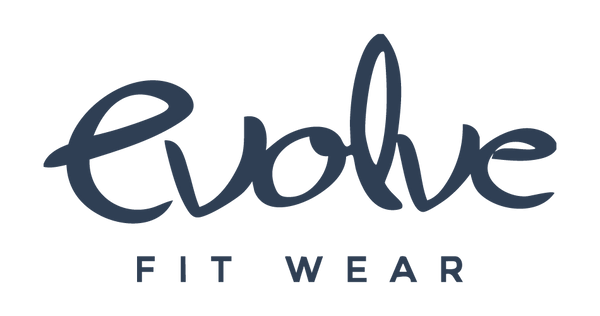Downward Dog might just be the most iconic yoga pose around these Western parts.
You’ll find it in most yoga closes (even some yin ones). When I first started yoga, holding “down dog” felt awkward and difficult. My arms were holding me up at a weird angle.
I couldn’t get my heels to the mat (hint hint: heels to the mat is not necessary).
I wasn’t sure what to do with my head.
And why the heck were my wrists hurting? It was such a simple shape, but it had never been explained properly.
The Sanskrit term for Downward Dog is Adho Mukha Svanasana.
If your teacher says that in class… well, more power to them!
But I’m fairly certain that half or more of the class will have no idea what they are referring to. I wouldn’t and I teach yoga.
What is the purpose and benefits of Downward Dog?
Downward dog is a great all-around pose.
Maybe that’s why it’s incorporated so often into classes. It touches on the full-body, physically and energetically.
This shape stretches the hamstrings, opens, strengthens, stretches the shoulders. It also lengthens and strengthens the spine, the calves, the arches of the feet, the hands, the neck, and on and on.
Maybe not surprisingly, this is also a gentle inversion (head below the heart).
Maybe handstands and headstands aren’t your jam?
That’s ok. You’ll still get the benefits of an inversion in a shape like this, or even in a simple standing forward fold.
Some inversion benefits are a soothed nervous system, improved concentration and memory, and relief for headaches, insomnia, or depression. Wow!
All because of one general shape. Go do yoga!
Step-By-Step Instructions For Doing Downward Dog

- To begin, start in a tabletop position so that you can feel the transition into this shape. You can find some tabletop instructions here.
Most importantly, palms are flat on the mat. It doesn’t really matter if fingers are spread extremely wide like some might say.
Fingers can all be touching each other. What matters is that the “four corners” of the hand are all pressing into the mat, the 2 edges of the heel of the hand and the ball mounds of the hand, and then fingers pressing or even gently pulling in as if trying to scrunch a piece of paper.
When your hands are active this way, you might feel a slight lift right at the center of your palm.
- You’ll also want to find a gentle rotation at the “eye of the elbow.”
The spot where your elbows bend. Both arms are rotated inward and forward so the eye of the elbow is mostly facing towards the front of the room.
Wow, that was a lot of minute effort just for arms in tabletop. But that’s the whole point of breaking down these postures. There are other aspects of tabletop that carry over to downward dog as well – belly pulled up and in creating a neutral spine and active core.
Lifting up and out of the shoulders so there is a tiny dome up in between the shoulder blades just as you would do in plank or even crow pose.
- Now for the transition. Breathe in and stay in your shape.
As you breathe out, tuck the toes, press up through the feet and hands and begin to lift the hips skyward. The hips come “up and back.”
Sit bones up towards the ceiling and back towards the back wall as you begin to move the chest and head down until you find a semi-straight line from hands to tailbone. The legs don’t matter so much here.
As in You Don’t Have To Straighten Your Legs Or Get Your Heels To The Floor. Whew, now that that’s settled. This is the basic downward dog shape.
- Teachers usually say that you want to create an upside-down V shape with your body or an A-shape.
This would indicate the straightening of legs. Some people can’t do that.
Some people shouldn’t do that. I’m one of them. I can straighten my legs, but I have tight hamstrings.
What this means is that when I straighten my legs it causes a slight rounding in my low back causing unnecessary stress on the low back.
Doing this over and over in a class, day after day, week after week? No bueno. So try bending the knees. It can actually be more challenging while also protecting your spine. Yoga should be about healing and strengthening the body, not hurting it.
- You do want to create a long straight line from the hands to tailbone. If it’s not straight, try bending your knees.
Your head isn’t lolling around or lifted up so you can see forward. It’s inline between the arms. Kind of like the top part of your body is in a variation of mountain pose.
Your gaze can be towards the navel or your legs or towards the person behind you if you feel like people-watching.
- Shoulders aren’t sucked up next to your ears, but keeping them down and away from the ears isn’t entirely possible without doing weird things with your body, so don’t worry too much here as long as you can find some softness in the shoulders.
- For you hyper-mobile people, you don’t need to move beyond the “V” shape. Yes, I know you can keep pressing the chest forward between the arms all the way to your thighs if you really wanted to, but that’s not going to build strength and you’re possibly going to hurt yourself in the long run.
You don’t want to compress the upper back, you want to make it wide (as well as widening the space where your collar bones are).
My suggestion for those Uber-Flexibles is to focus on strength-building rather than relying on flexibility.
Opt for the “high” version of poses like Skandasana where you are required to use your strength instead of dipping into your flexibility. Keep the arms and legs active in downdog.
Keep the belly active – up and in. Maintain the shape even though you can easily move beyond it with ease.
Practice moving in and out of this shape in different ways. Make sure to have a non-slick yoga mat (or alternatively use a yoga towel over your mat if your mat is slippery) so you can get a good grip.
Notice where you feel discomfort or ease. You could step back into Downward Dog from Plank or a Halfway Lift.
You could lift up into it from Upward-Facing Dog or Tabletop.
When in this shape you can lift the tailbone higher as you come up on your toes and back down again to strengthen the feet and ankles.
You can inhale up on toes and exhale to allow both heels to fall to the right side (stretching the left side body), or the left side.
It might feel difficult if you’re new to it. So keep on trying it while also honoring your body right where its at.
If you need to come back down to your knees, come back down to your knees. Try new things and find which one is just right for you.
Because every BODY is different and will require different things.
Good luck, be confident and give it a shot. I'd love to hear from you - comment below on your struggles you might have or how you have overcome them.
xxo
Sam Miliam (Evolve writer)

|
 |



1 comment
i think downward dog is one of the easiest yoga poses for beginners!